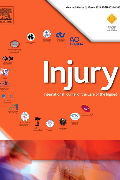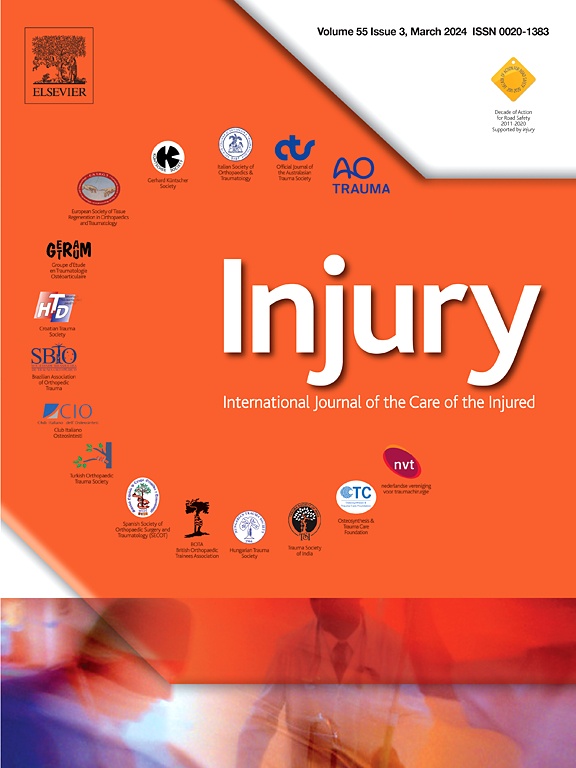
Minimally invasive percutaneous plate osteosynthesis vs. ORIF for distal tibia fractures .
Comparison of minimally invasive percutaneous plate osteosynthesis with open reduction and internal fixation for treatment of extra-articular distal tibia fractures
Injury. 2013 Aug;44(8):1102-6.94 patients with displaced extra-articular distal tibia fractures were randomized to receive open reduction and internal fixation (ORIF) or treatment using a minimally invasive percutaneous plate osteosynthesis (MIPPO). This one year study aimed to evaluate the clinical success of the minimally invasive operation in comparison to ORIF, assessing differences in complications and operative outcomes. The results demonstrated similar outcomes for ORIF and the MIPPO procedure, unless a Type C fracture was involved, in which case, the healing time was reduced with the MIPPO approach.
Unlock the Full ACE Report
You have access to 4 more FREE articles this month.
Click below to unlock and view this ACE Reports
Unlock Now
Critical appraisals of the latest, high-impact randomized controlled trials and systematic reviews in orthopaedics
Access to OrthoEvidence podcast content, including collaborations with the Journal of Bone and Joint Surgery, interviews with internationally recognized surgeons, and roundtable discussions on orthopaedic news and topics
Subscription to The Pulse, a twice-weekly evidence-based newsletter designed to help you make better clinical decisions
Exclusive access to original content articles, including in-house systematic reviews, and articles on health research methods and hot orthopaedic topics
































































